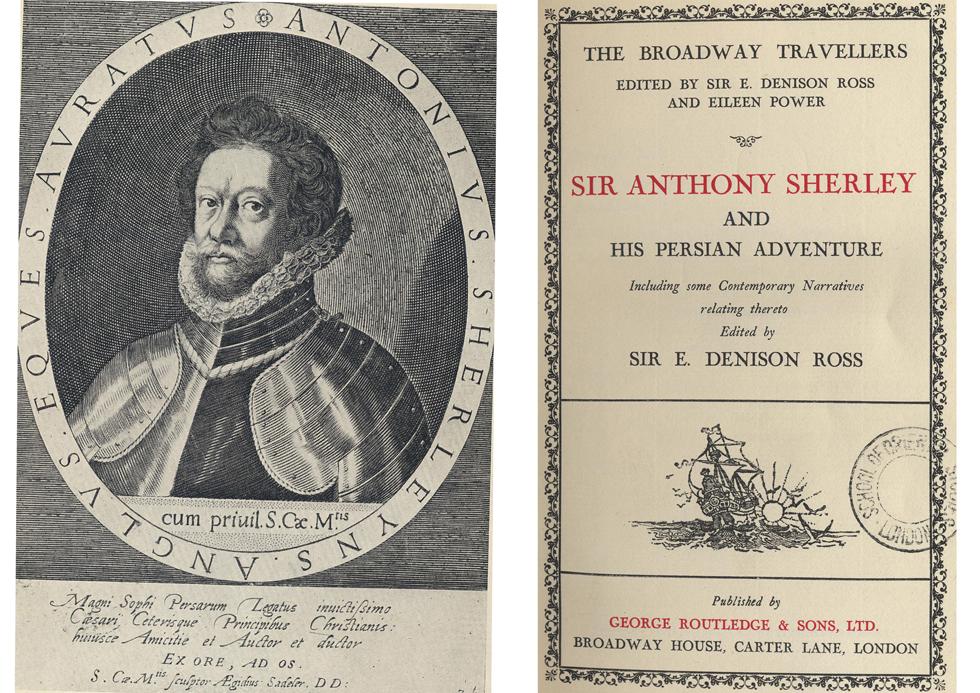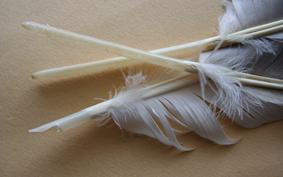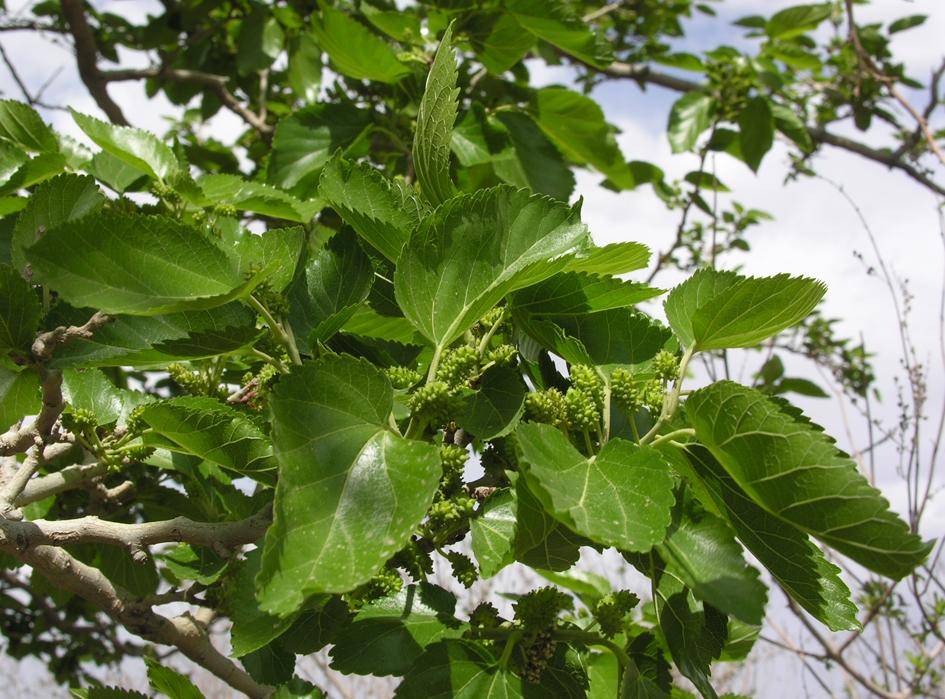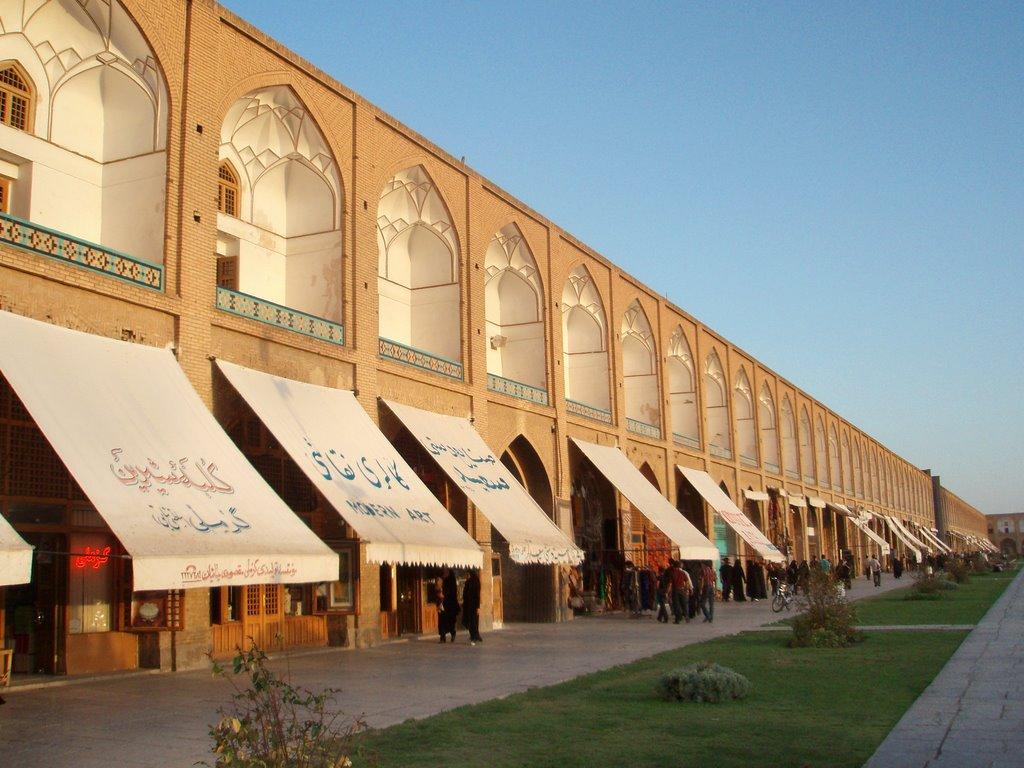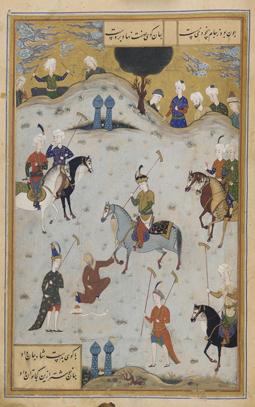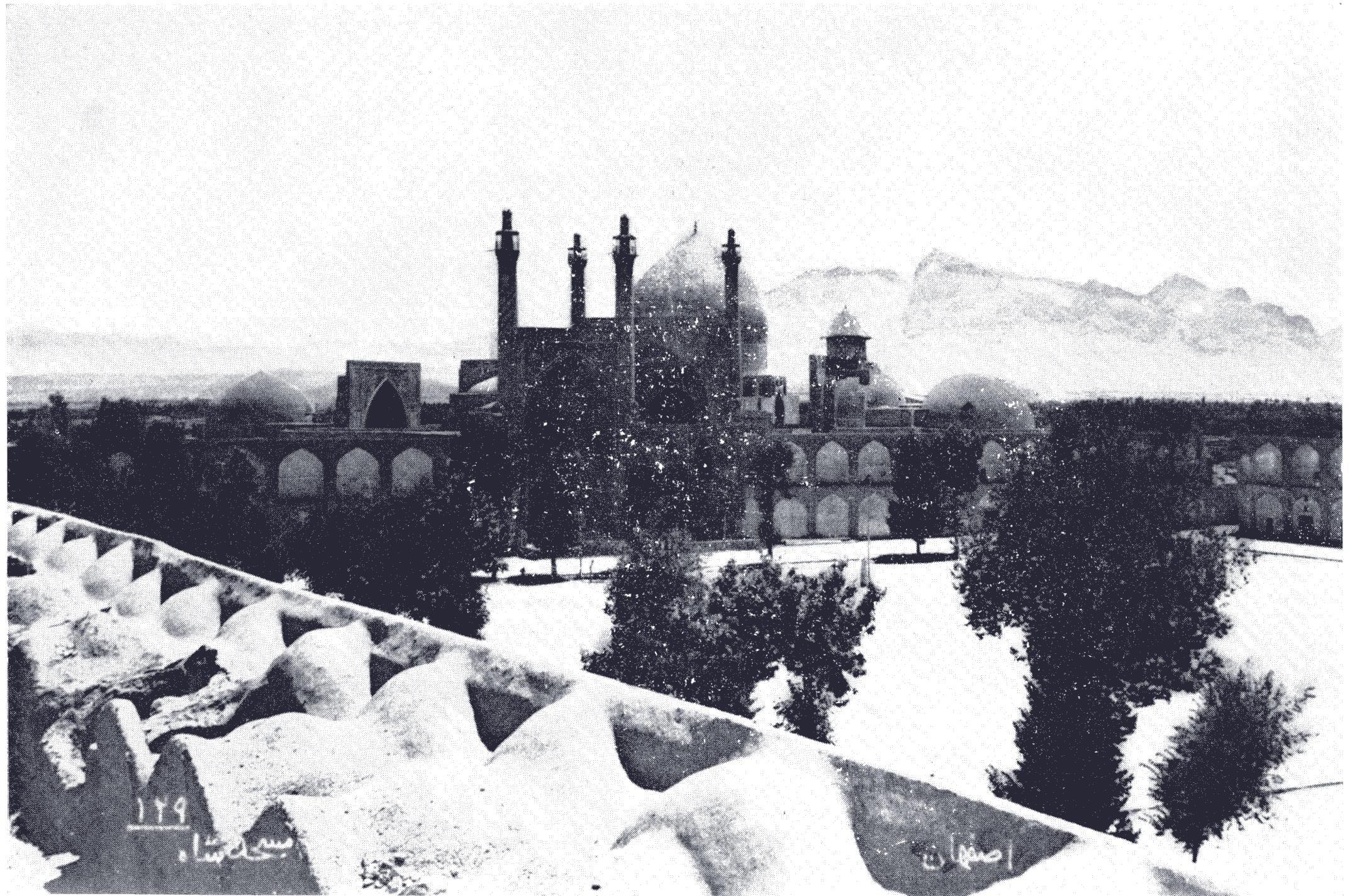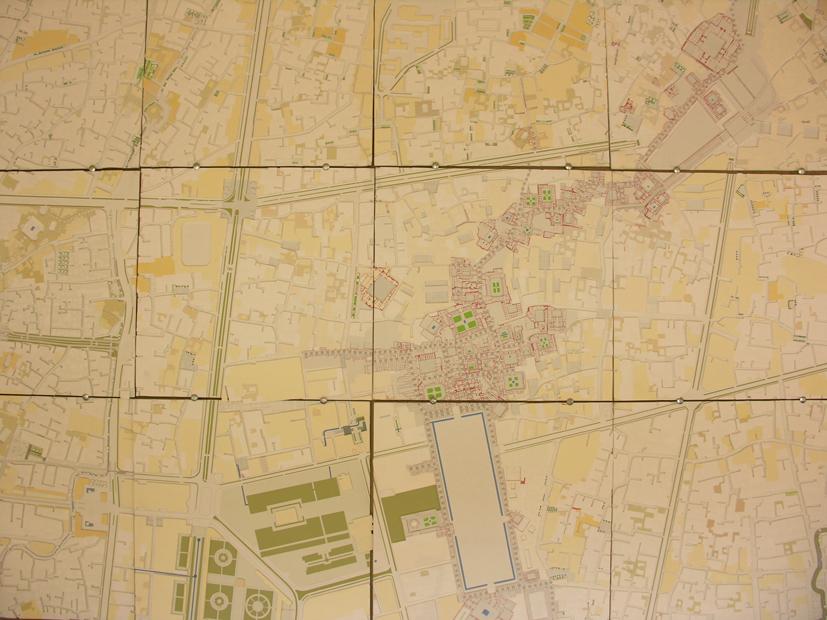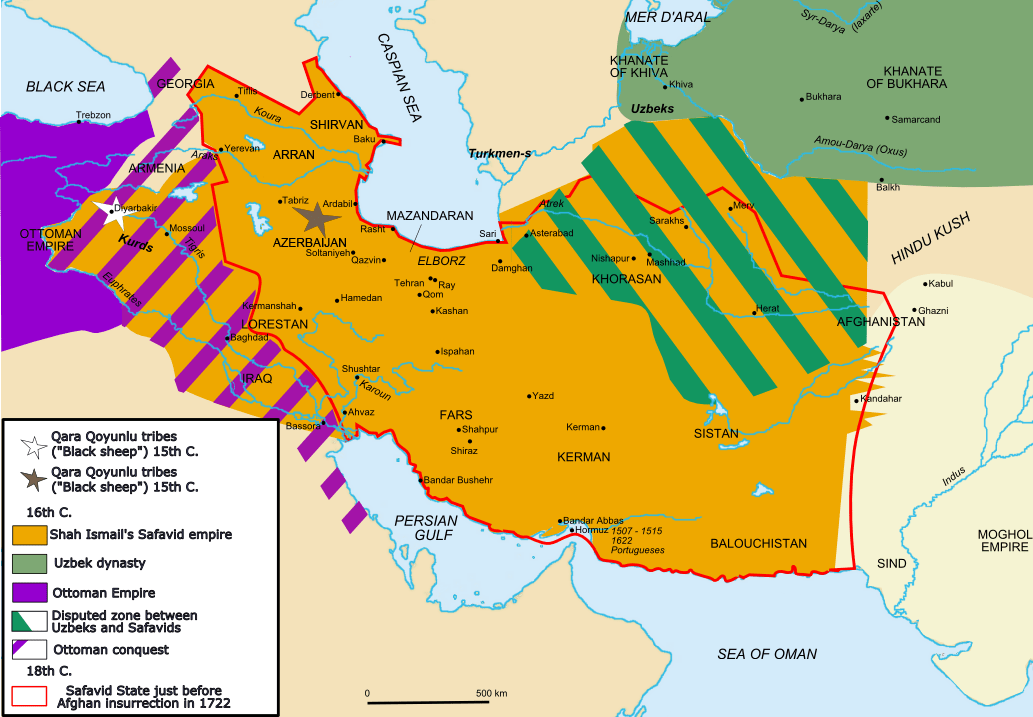Europeans on the maydan as military sports centre
Relatively few Westerners are known to have been in Isfahan between 1590 and 1602. The notorious Sherley brothers and their party did, however, visit in 1599. Their story was certainly popular: it was considered interesting enough to appear in at least four English versions before 1602. Translations appeared in French and Spanish, and Anthony Sherley …
